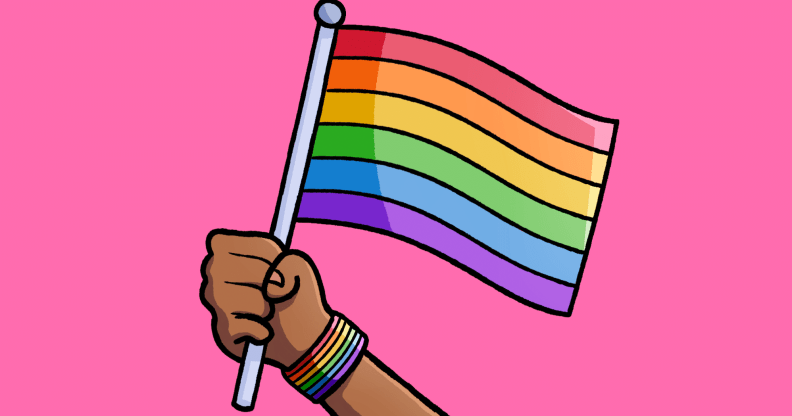Guide: Facebook’s new gender options

Facebook is currently rolling out an update which has made some big changes for trans people selecting gender. We’ve distilled down the changes.
The update, today rolled out for UK users, is intended to make things easier for people who don’t identify as male or female.
Editing your gender from your profile will now provide three options: Male, Female, or Custom. Selecting male or female will allow you to continue just as before, but selecting custom, you will be able to choose your own gender and pronouns.

Gender will generate a blank box, into which you can type an identity. Choices are restricted to a pre-selected list, of which there are at least 70. You can choose several labels at once.
The privacy setting for your gender can now also be toggled like any Facebook post: you can show it only to friends, only to a restricted list of people, or make it public.
The allowed gender choices include:
Agender, Androgyne, Androgynous, Bigender, Cis, Cis male, Cis female, Cis man, Cis woman, Cisgender, Cisgender female, Cisgender man, Cisgender male, Cisgender woman, FTM, Female to male, Gender fluid, Gender nonconforming, Gender questioning, Gender variant, Genderqueer, Intersex, Male to female, MTF, Non binary, Neither, Neutrosis, Other, Pangender, Trans, Trans*, Trans* female, Trans* male, Trans* man, Trans* Person, Trans* woman, Trans person, Trans female, Trans male, Trans man, Trans woman, Transgender, Transgender female, Transgender male, Transgender man, Transgender person, Transgender woman, Transfeminine, Transmasculine, Transsexual, Transsexual female, Transsexual male, Transsexual man, Transsexual person, Transsexual woman, Two spirit, and leaving the form blank
The second setting, pronouns, provides three options – male (he), female (she), and neutral (they).

These are used across Facebook – for example, changing your profile picture will generate the message ‘Nick changed his profile picture’, or ‘Nick changed their profile picture’.
You cannot make your pronoun choice private, but it will not be openly displayed on your profile, and will only appear in context-dependent situations.
Gender and pronouns are independent settings, which means, for example, you can use a neutral gender such as Androgyne and still use female pronouns (she), or select a male gender such as cis male but use neutral pronouns (they).

